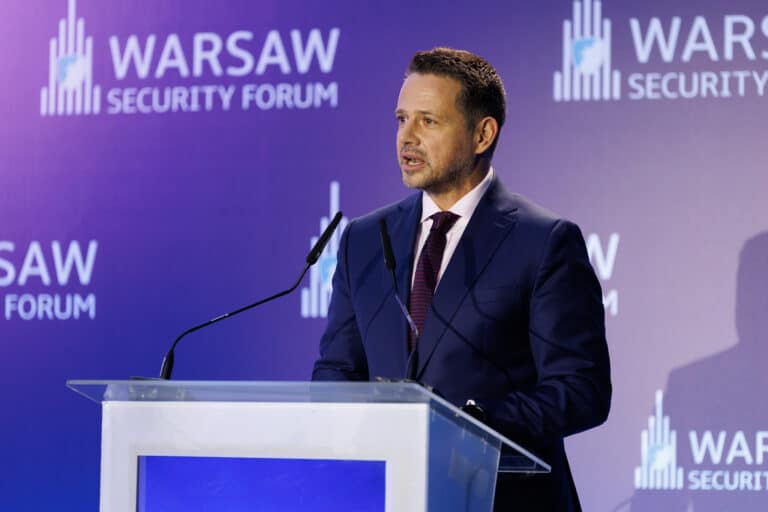Well-being 2.0: Enhancing well-being for individuals and businesses
Sylwia Ziemacka interviews Or Hever, CEO of Move4Life, about fostering work-life balance and promoting the well-being of individuals and companies.
How is well-being defined in the workplace for both employees and employers?
Well-being is essential in the workplace, but defining it can vary between individuals. For me, well-being encompasses physical, mental, social, emotional, and financial health, both for individuals and the companies they work for. Since companies are made up of people, these aspects are directly linked. Unfortunately, there’s often a disconnect between management and employees. Well-being should be holistic and beneficial to both sides.
The market for employee well-being services is expanding. We would expect that this supports both parties, but recent studies from Oxford University raise questions about their effectiveness. What are your observations?
I agree with the study. There’s a need for optimization to enhance engagement and satisfaction with these services. During the pandemic, companies rushed to implement quick solutions without gradually building the proper infrastructure and processes for engaging employees. This led to the emergence of various programs, platforms, and apps, but without careful consideration of their value proposition for employees. The approach was often narrow, primarily focusing on mental well-being, with mixed results over time.
Now, we have data showing that the initial implementations of these programs were not as effective as anticipated. When I consult with companies, I often ask what they currently offer and how engaged their employees are. Frequently, I hear responses like, “We have medical insurance, health insurance, and gym memberships,” but when asked about usage numbers, the data is often lacking. I always emphasize that simply providing access to a service does not equate to engagement. At its core, well-being should drive behavioral change.
It’s also about understanding what employees need, as not everyone requires the same support. Where do we need this engagement more?
It’s about the value proposition—what, how, and why benefits are offered. Decisions on employee benefits are often made without input from employees, focusing instead on what’s standard in the market. This creates a disconnect between what employers offer and what employees actually need, leading to low engagement. The starting point should be understanding employees’ needs and personalizing the offerings accordingly. From my experience, when done right, engagement can reach 88-90% over several years, simply by asking the right questions, tailoring the benefits, and communicating them in a way that resonates with employees.
There’s also the question of attracting new talent. How can companies leverage well-being programs in recruitment?
To attract new talent, flexibility in benefit offerings is key. Traditional approaches, like offering beer and pizza on Thursdays or yoga classes, might not appeal to everyone. A more inclusive approach could be offering a time slot for a group class where employees can choose between different activities, like yoga, fitness, or a cooking lesson. This flexibility allows employees to engage in ways that suit them, creating inclusive benefits that cater to a diverse workforce.
This strategy helps companies build a genuine culture rather than just creating content for a LinkedIn post. By lowering the barriers to participation, companies can better meet the needs of new talent, fostering a culture that genuinely reflects the organization’s values.
How should companies start this process of enhancing well-being?
Many multinational companies outsource well-being services from other countries, which often leads to lower engagement, especially when the activities are not localized. The key is personalization. For instance, when we send experts like physiotherapists or dieticians to an office, employees can choose when and how long they meet with them. In a project we’ve conducted with a prestigious law firm, we offered personalized services like massages, physiotherapy, and diet consultations, which resulted in high engagement over long periods.
Are these services provided during working hours?
Yes. We’ve experimented with offering these services early in the morning or after work hours, but neither approach worked well. Employees preferred services that were accessible during work hours. Companies can implement flexible arrangements, like allowing employees to take 15 minutes during their workday to visit an on-site well-being room. This common-ground approach aligns with management and supports employees’ needs, promoting a healthier and more engaged workforce.







